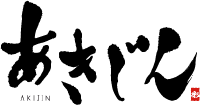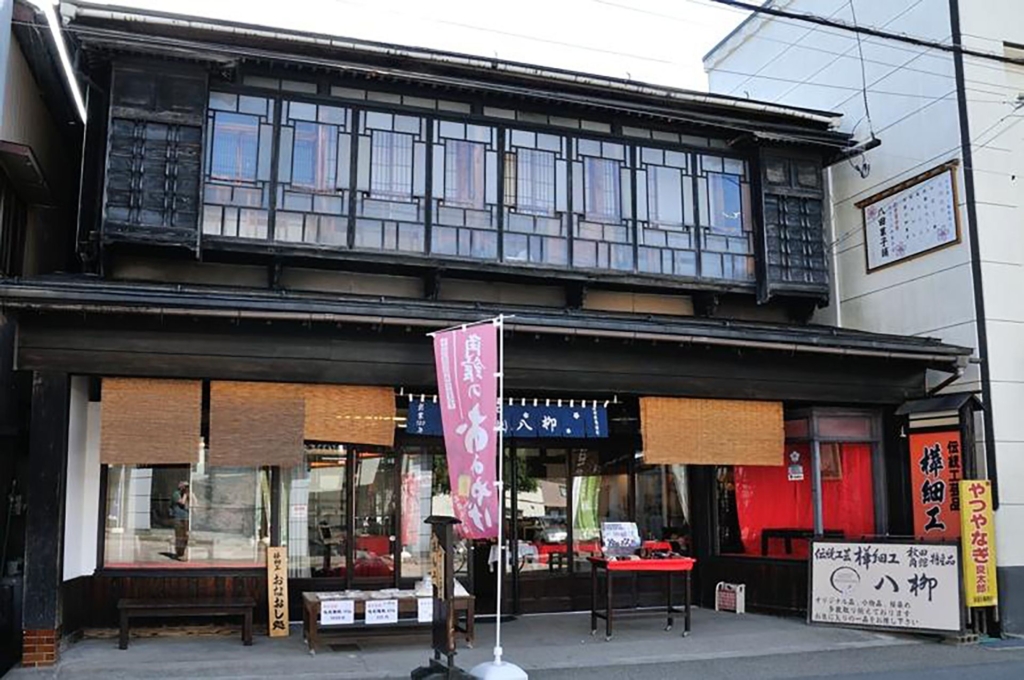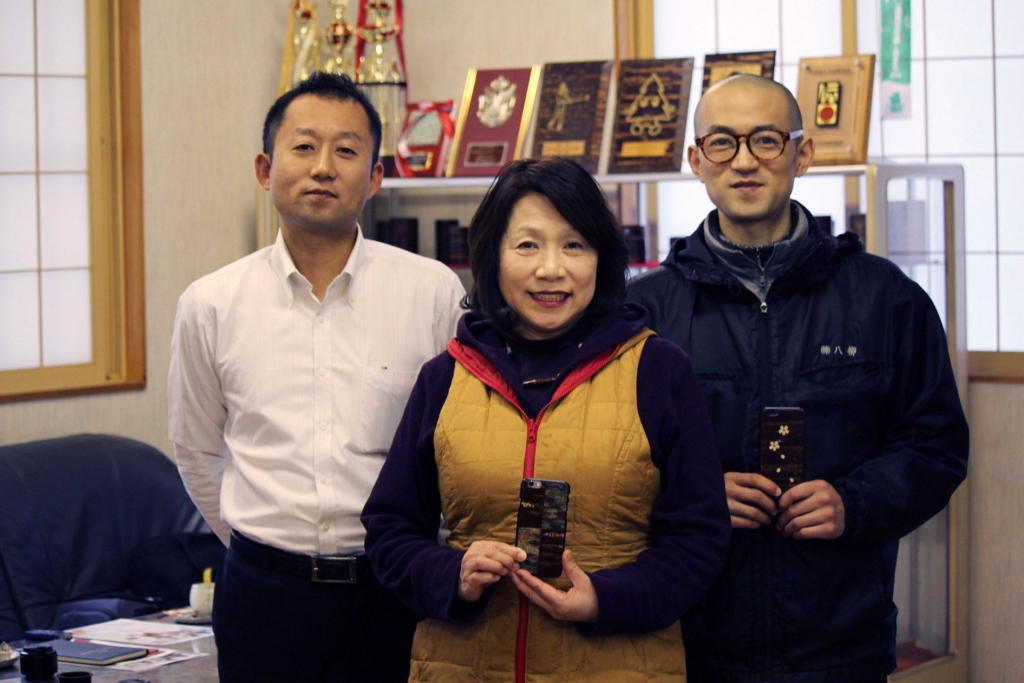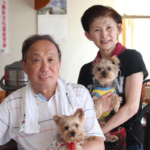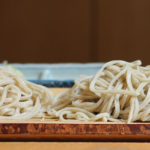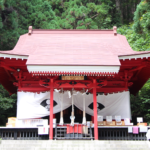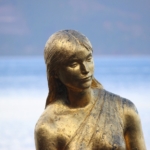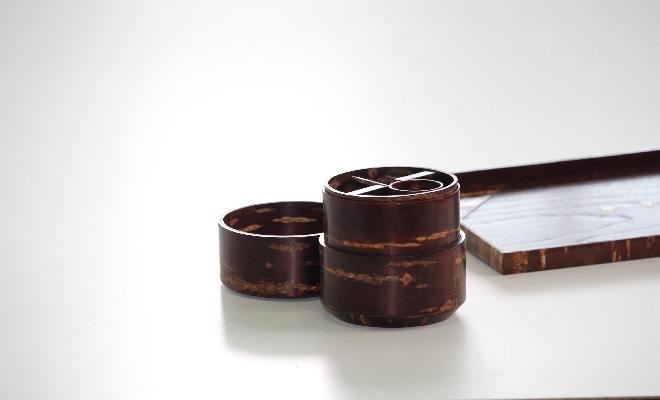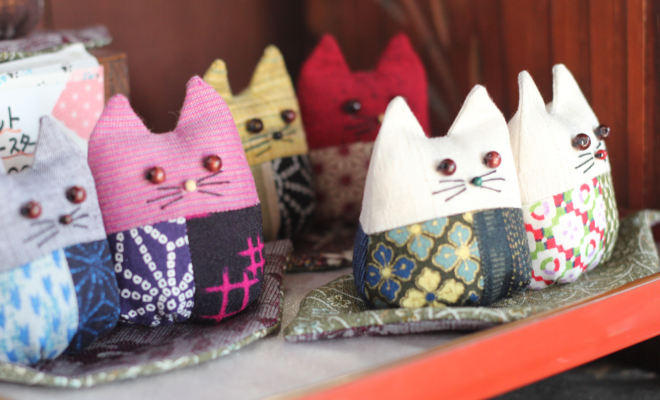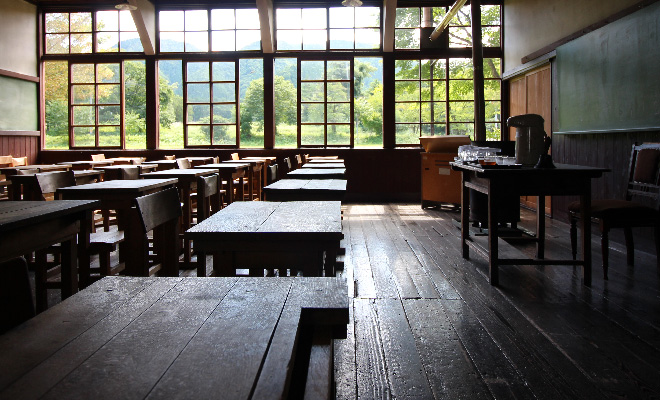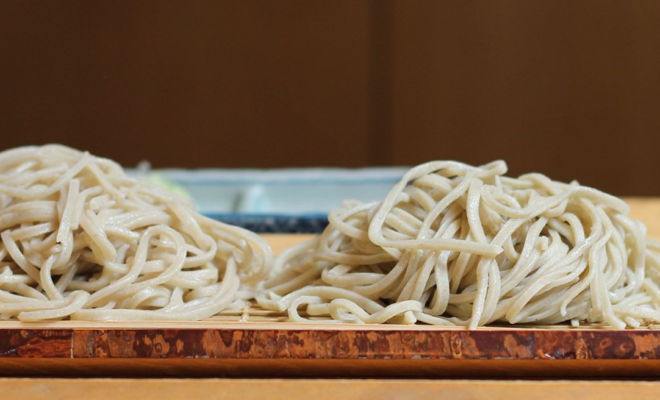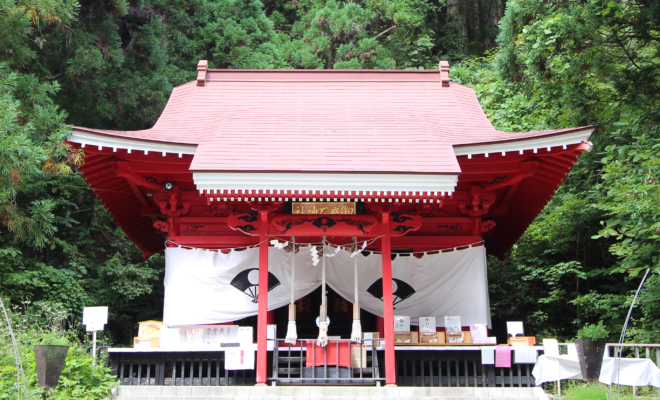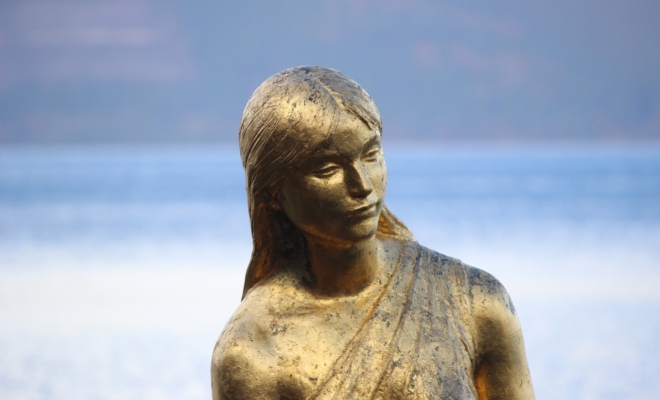What is your purpose for spending the money during a travel? You will spend the money to make a special experience, to eat a local specialties, and to buy souvenirs for bringing back a part of memories during the travel.
Probably there are two different aims for the purchase of souvenirs. The first aim is to enjoy the souvenirs oneself while the second aim is to present them for someone who can share the memories of the travel. Regardless of the aims, it is happy if there is thoughtful mind of craftworkers in the handcrafted souvenirs. It is sometimes said in Japan that a school trip is not finished until returning home. Similarly, it should be said that a travel is not finished until delivering souvenirs. Therefore the souvenirs play an important role in the travel. In the below, some souvenirs available in Kakunodate are introduced.
Kabazaiku
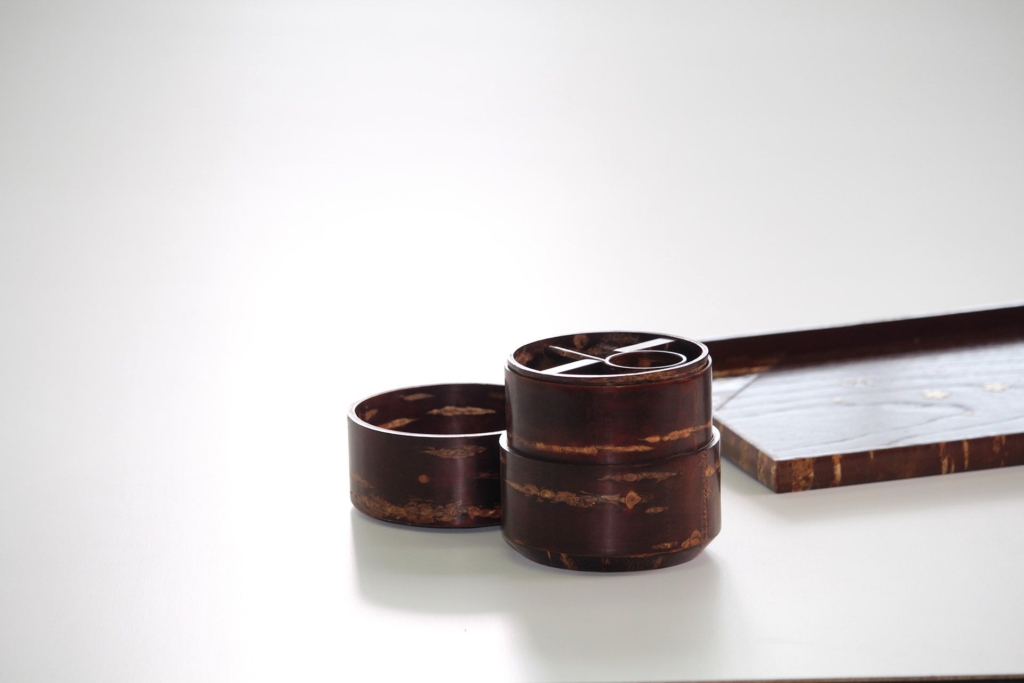
Speaking of the traditional handicraft in Kakunodate, the most popular product is “Kabazaiku”, and the bark of the cherry tree is an important material of Kabazaiku. It is carefully peeled from the cherry tree, and then gradually dried in the shade for a year. Because “Kaba” in Chinese character associates the birch, it is misleading that Kabazaiku is made of the white birch. But in fact only two species of the cherry treesare chosen for the materials. Although there are several explanations why the product is called “Kabazaiku,” no clear record exists in the paper. The bark of the cherry tree was called “Sakura Kaba” but it now simply called “Kaba” even in Kakunodate. Furthermore to make it clear that the product is made of the bark of the cherry tree, the name of the product is written in the appropriate Chinese character with the same sound.
In the late 18th century, the process of manufacture was originally imported from Ani district by Satake-Kita family, which was the ruler family of Kakunodate, and Kabazaiku became a second income for the lower class samurai at that time. It has passed more than 200 years since the product was first created, and its process and technique have been carried on by the local craft workers through each studio until now.

Yatsuyanagi Co., Ltd. established in 1873 is one of the studio producing Kabazaiku, and the process and technique have been carried on for more than 140 years. According to the interview in this studio, the following details about Kabazaiku were obtained.
The bark of the cherry tree has a strong feature against moisture. By taking advantage of this feature, the main product have been developed for along time so that they are familiar to daily life. For example the case for drugs and cigarette, and the tea leaf box were developed. All of them were the product to meet the needs changing with the times. The traditional handicraft has been continually produced without losing its technique by changing the main product.
Although the leaf box was the most popular product for a long time, its sales are gradually decreasing recently. By considering the current trend of the drink it is plausible. There are many different drinks, and in the supermarkets, the tea leaf is sold separately in a tea bag to easily make tea. To resolve this problem, the coffee canister has been newly developed. Definitely with the technique carried on for a long time, the craftworkers obtain flexibility and strong mind.
Like a tea leaf, ground coffee is weak against moisture, and moreover the size of the coffee market is getting larger and larger recently. In this sense, the coffee canister is the appropriate product to pursue the current trend of the drink market.
This coffee canister got the silver award of the food department in the championship held by Akita product promotion association Co., Ltd. It has the two tier structure so that a measuring spoon is in the upper tier and ground coffee is in the lower tier. It is well designed by considering how to use in daily life. There also exist other new products such as an iPhone case, a case of electronic cigarette, and stylish housewares in pastel colors. Kabazaiku is especially recommended for foreigners who have an interest in the Japanese products.
written by Futakata, Taiyo Printing
Information
Shop Name: Kabazaiku Yatsuyanagi at Shimonakamachi
Address: 2 Shimonakamachi, Kakunodate-machi, Senboku city, Akita, 014-0317
Phone: +81-187-53-2653
Open Hours: 09:00-17:00
Access Map
Not only the traditional Kabazaiku but also the modern arranged Kabazaiku is available at this shop.
Mocchiri Manju
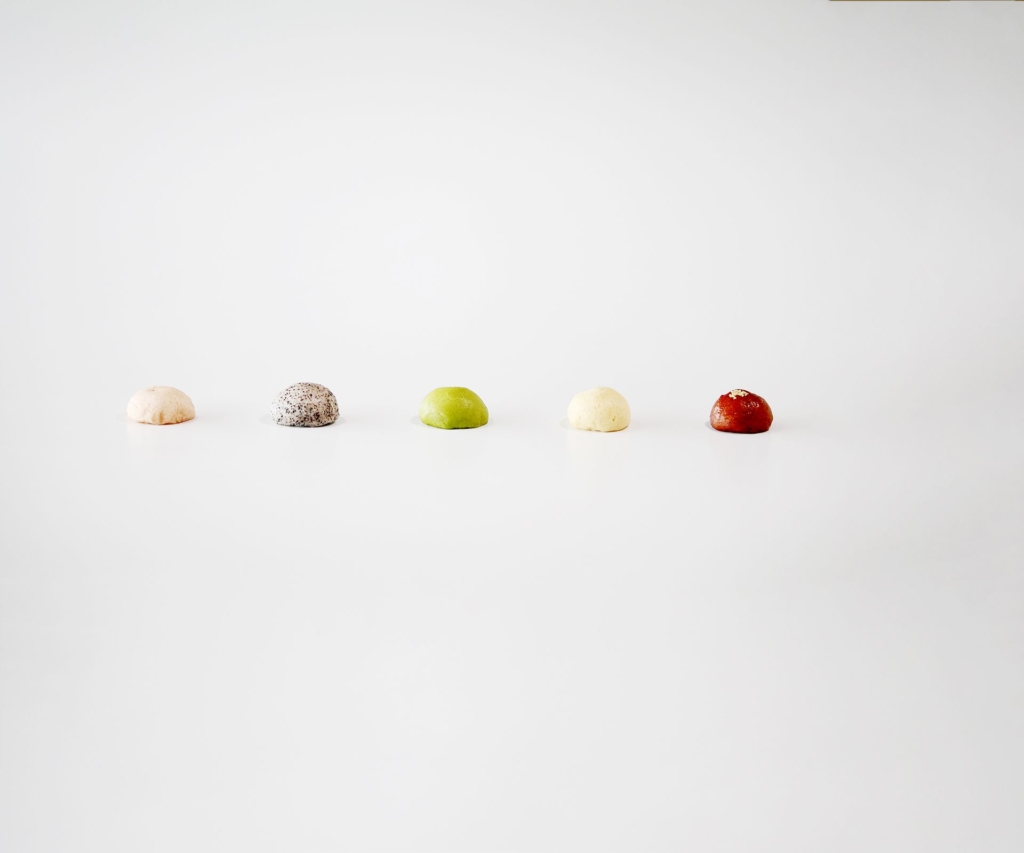
There is the small wooden building apart from River Hinokinai-gawa by a little, and it is the direct sales store in this area. “Mocchiri Manju” is sold only in this store except the main shop. It has nine different flavors including seasonal limited editions. Its unit price is 80 yen and it is reasonable to buy. The product is also packed in a box and wrapped in the paper for souvenirs. By the unique steam method, its dough gets soft but elastic, and its subtle sweetness makes both children and adults continue to eat.
“Mocchiri Manju” was diligently developed in the beginning of the 21st century so that it was loved by the local people. As a result the developed product is loved by the local people as expected in the first, and the tourists are also happy to buy it. In May 2017, the product got the golden award at the competition “Yoshimoto 47 shuhuran,” where the popular food was selected and voted by the housewives in each prefecture.
Kashiwagi has worked at the direct sales store as a sales clerk for a long time, and frequently meets the regular customers. With a calm and warm smile she directly sells the product to the customers and looks very happy.
Since it is a very popular product, there is a day when all the product is sold out in the morning. So when the product is necessary, some attention should be paid in advance.
written by Nonaka, Akita University
Information
Shop Name: Mocchiri-Manju direct sales store
Address: 38-5 Kobito-machi Senboku City, Akita 014-0300
Open Hours: 09:00-17:00
Access Map
Other Souvenirs
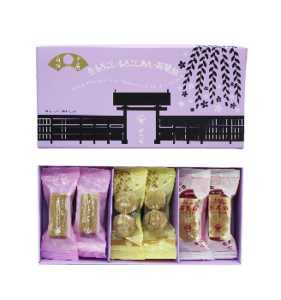
(1) Nama-Morokoshi is not dried but moist differently from normal Morokoshi, and currently it is a regular product in Kakunodate. Morokoshian is a bean paste sandwiched by Morokoshi, and because of its small round shape it has a cute visual effect. Sakasen is Nama-morokoshi covered with the rice flour and the powder made of Ogura bean paste, and it is cooked elaborately. The three assorted flavors are packed in a box and provide the happy time to taste.
Morokoshi-an
Product Name:Three assortes Nama-Morokoshi
Price:1,080 yen
Shop Name: Morokoshi-an at Sakura Namiki
Address: 124-2 Kitano, Kakunodate-Machi, Senboku City, Akita

(2) In the picture the upper is Chikutan Karinto, and the lower is Hot Karinto. Chikutan Karito is impressive appearance, but it is the bestseller product because of less sweetness. On the other hand, Hot Karito is flavored by harmony of sesame and hot peppers contrary to the sweet flavor of typical Karinto. Hot green tea is the best drink to eat with.
Yukari-do Seika
Product Name: Chikutan and Hot Karinto
Price: 292 yen
Shop Name: Yukari-do Co., Ltd.
Address: 2-6 Dannnohira, Ogata, Kakunodate-Machi, Senboku City, Akita
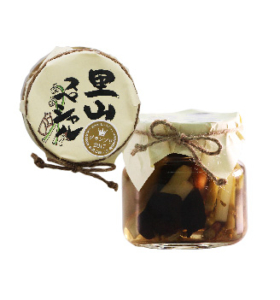
(3) They are the Japanese style pickles made of seasonable vegetables and wild vegetables such as bamboo shoot, warabi, shiitake and myouga. Both fine sourness of vinegar and soy source mixed with seaweed broth are well harmonized in the pickles. The pickles are good appetizer and must be always on the table.
Hiromi Anzue
Product Name: Satoyama special Japanese Style Pickles
Price: 540 yen
Shop Name: Aguri Garden
Address: 42-1 Yokomachi, Kakunodate-machi, Senmoku City, Akita
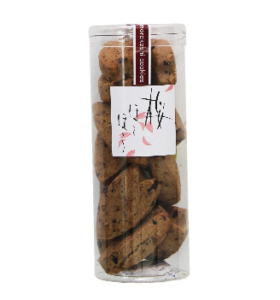
(4) It is a chocolate chip cookie made of the red been powder. The cookie is a cute shape like a petal of the cherry blossom, and it falls apart in the mouth with unique sweetness of the red bean. It is recommended to buy the product during the sightseeing in Kakunodate because it is only sold at the store in Kakunodate.
Morokoshi-an
Product Name: Sakura Horohoro
Price: 500 yen
Shop Name: Morokoshi-an at Sakura Namiki
Address: 124-2 Kitano, Kakunodate-machi, Senboku City, Akita

(5) The marron cream is sandwiched by the tart pastry, and the finely cut marron glace is accented
in the marron cream. The marron glace is made of Saimyoji-guri, which is a big chestnut harvested in
Akita. The product is well finished because the marron cream between the moist tart pastry tastes fine
sweetness of the chestnut.
Kurakichi
Product Name: Marron Witch
Price: 2,160 yen
Shop Name: Kurakichi Co., Ltd.
Address: 38-25 Kobitomachi, Kakunodate-machi, Senboku City, Akita

(6) The paper cutout created by Osamu Kusanagi, who is an artist in Akita, is printed on the Japanese
style facecloth. The theme of the paper cutout is the traditional festival in Kakunodate, and the dynamic
picture provides the clear image of the heated festival. It is useful for taking a bath every day.
Kusanagi Design Office
Product Name: Tenugui
Price: 1,080 yen
Shop Name: Aguri Garden
Address: 42-1 Yokomachi, Kakunodate-machi, Senboku City, Akita
